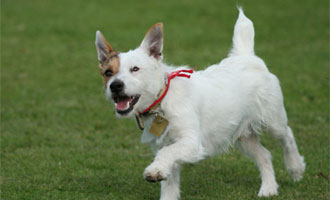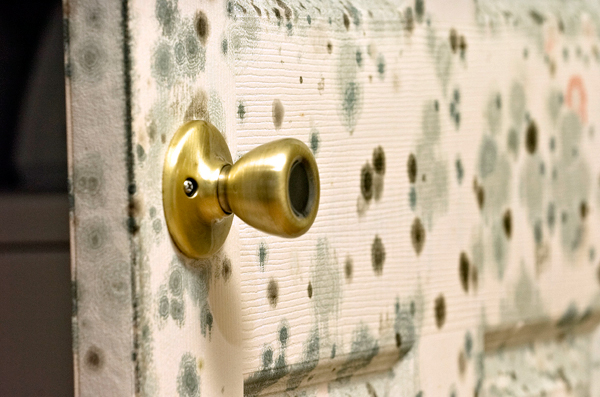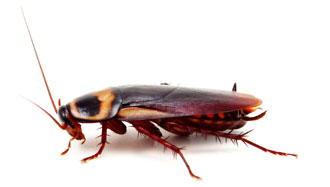Part 2/2 in Protecting Your Child From Common Asthma Triggers

Reducing allergens and irritants that are common in homes is one way to help your child breathe easier. The second half of this blog series addresses pets, molds, and pests as asthma triggers in the home, and what you can do about them.
Pets
Your pet’s skin flakes, urine and saliva can be asthma triggers.
- Consider keeping pets outdoors or even finding a new home for pets, if necessary.
- Keep pets out of the bedroom and other sleeping areas at all times, and keep the door closed.
- Keep pets away from fabric-covered furniture, carpets, and stuffed toys.
Molds

Molds grow on damp materials. The key to mold control is moisture control. If mold is a problem in your home, get rid of both the mold and excess moisture. This will also help reduce other triggers, such as dust mites and cockroaches.
- Wash mold off hard surfaces and dry completely. Absorbent material may need to be replaced.
- Fix leaky plumbing or other sources of water.
- Keep drip pans in your air conditioner, refrigerator, and dehumidifier clean and dry.
- Use exhaust fans or open windows in kitchens and bathrooms when showering, cooking or using the dishwasher.
- Vent clothes dryers to outside of the home.
- Maintain low indoor humidity, ideally between 30-50% relative humidity. This can be measured by hygrometers which are available at local hardware stores.
Pests
Droppings or body parts of pests such as cockroaches or rodents can be asthma triggers.

- Do not leave food or garbage out
- Store food in airtight containers
- Clean all food crumbs or spills right away
- Try using insect baits, boric acid (for roaches), or traps first before using pesticide sprays
If sprays are used, limit the spray to the infested area and carefully follow the instructions on the label. Make sure there is plenty of fresh air when you spray, and keep anyone with asthma out of the room.

